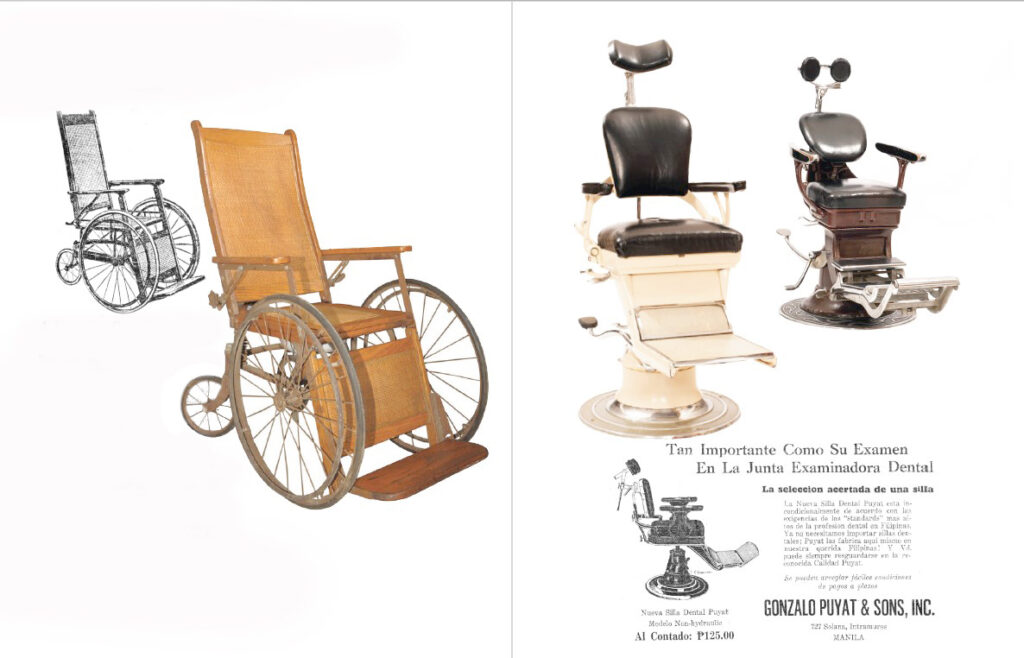Architect and professor Gerard Lico’s interest on Philippine heritage is not limited to architecture and historic buildings. He adds another landmark work under his belt, a book on an everyday and oft-ignored object in Philippine life but very much part of cultural patrimony.
Published by Facade Books with the University of the Philippines College of Architecture, the book Salumpuwit, Bangko, Silya, Atbp: Chairs in Filipino Life spotlights the humble chair and its many iterations in Philippine history and culture from the Spanish colonial period to the present.

The book counts the ways “on where, why, and how Filipinos sit” and “is just but the first sitting in the exploration of the many contexts within which the Philippine chair finds its place in the furniture of history.”
It is full of eye-catching archival and recent images of chairs, from the simple silya of the 19th century and the famed Bilibid or Peacock Chairs of the early 20th century to the contemporary ones designed by world-renowned Kenneth Cobonpue.
The chairs offer glimpses of the social and economic history of the Philippines as well as the outside influences that helped shaped their development.

The book is a novel and noble move to showcase the importance of an ordinary object is often unappreciated and taken for granted. Reflecting the country’s history, creativity, heritage and culture, these chairs are as significant as other objects inside a house, office or at the corner tambayan. They form part the narrative of a place and figure in the stories of the people occupying it, and the communal spaces where these are placed in.
For this book, Lico deserves praise and appreciation as with his other important contributions to Philippine studies, may it be conserving a historic structure or publishing a worthy book like this.
